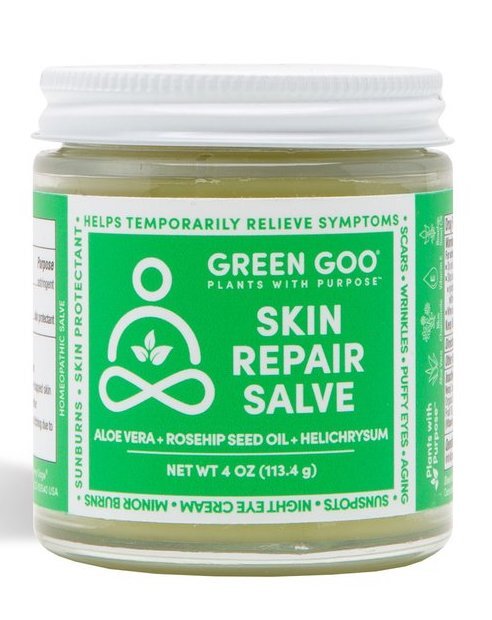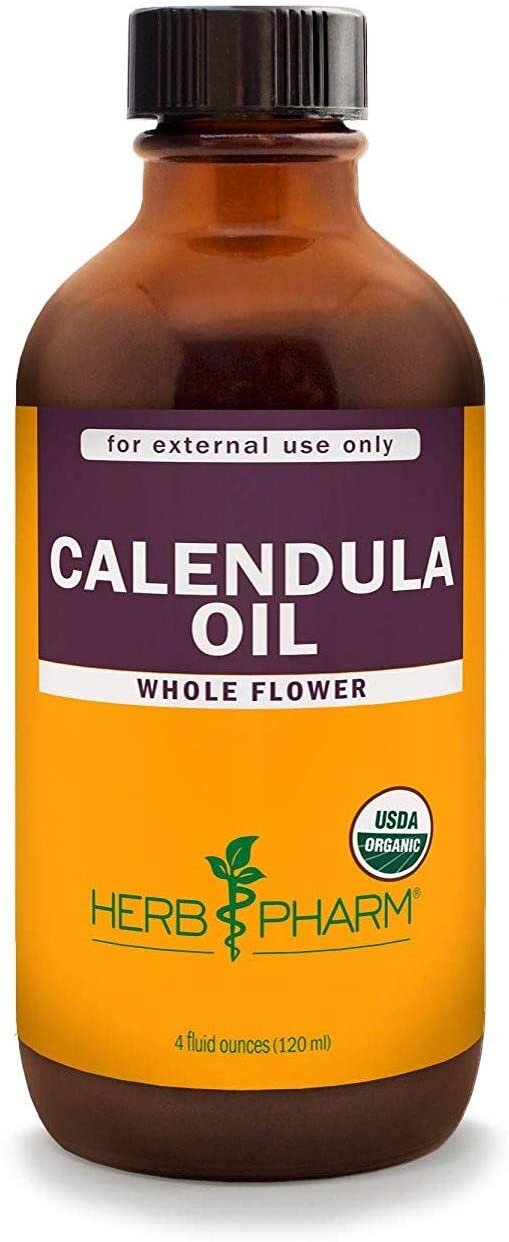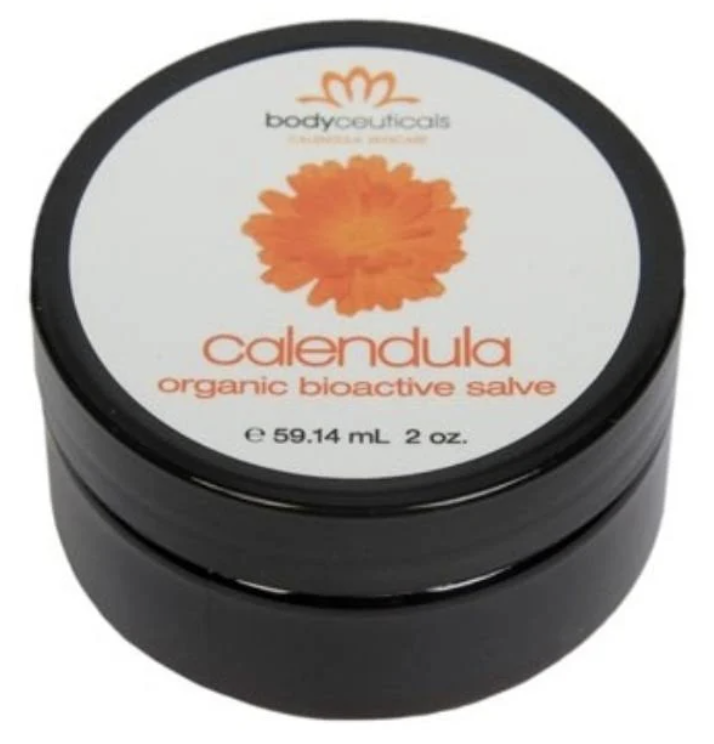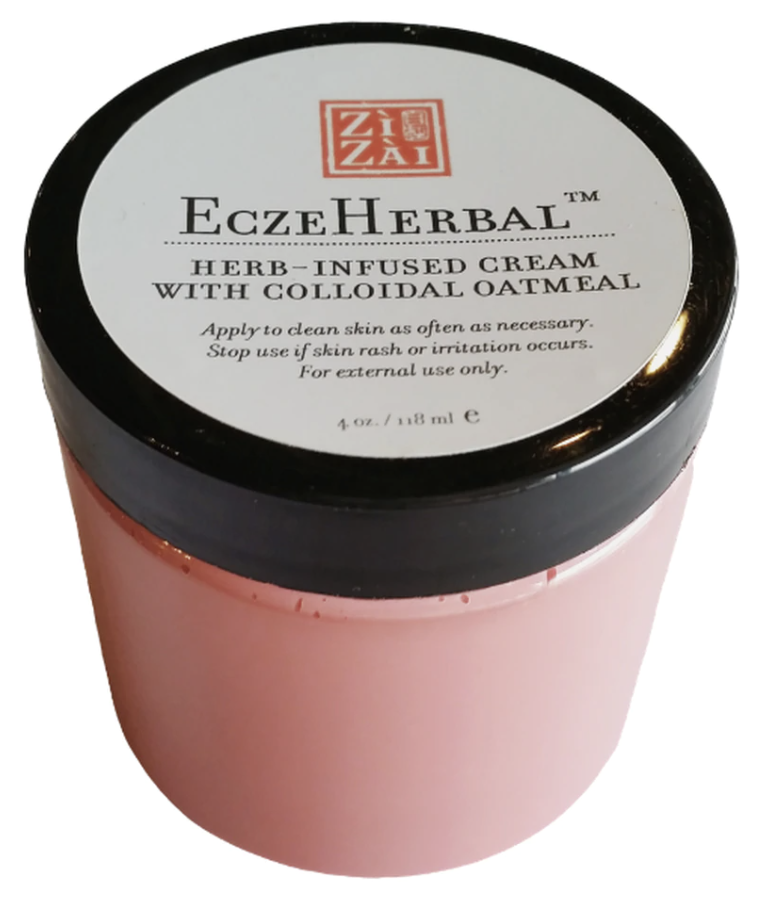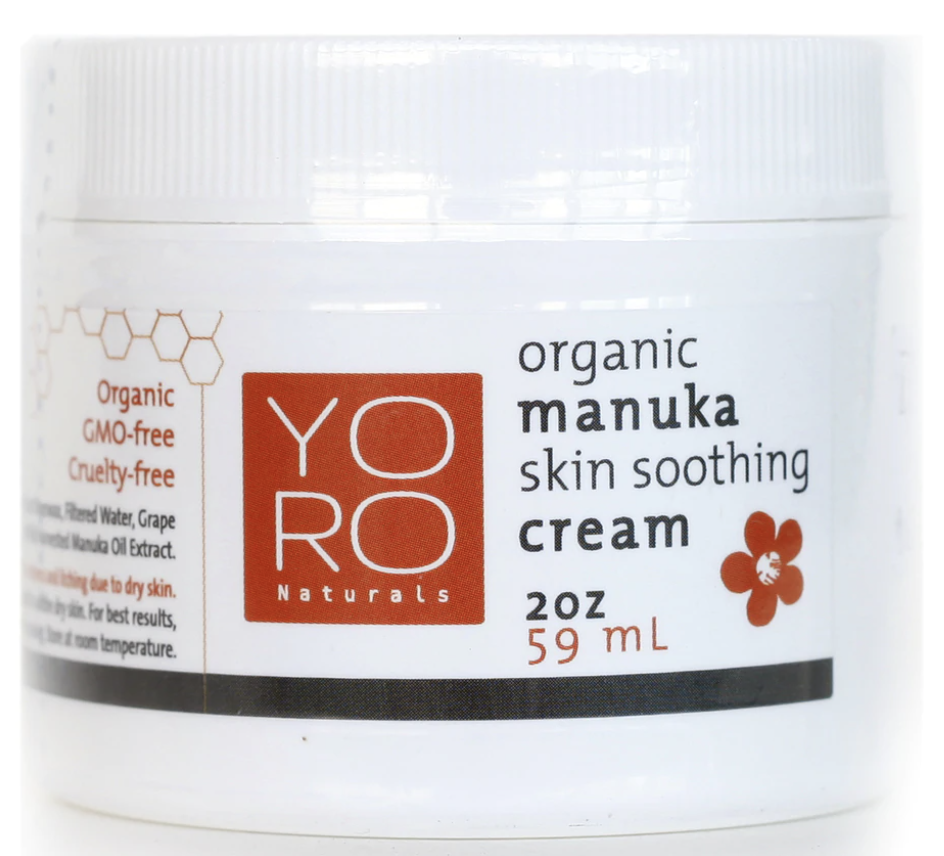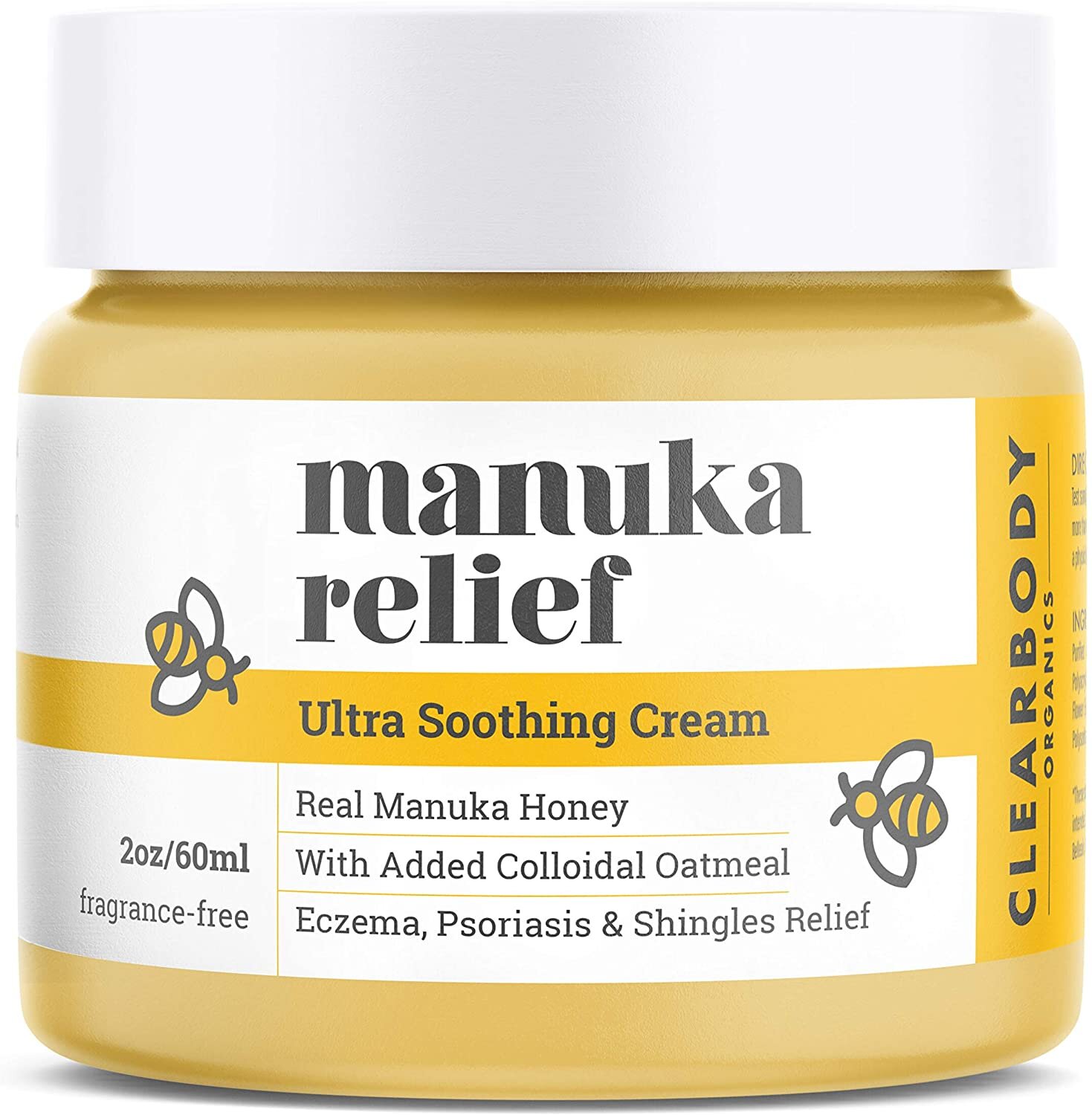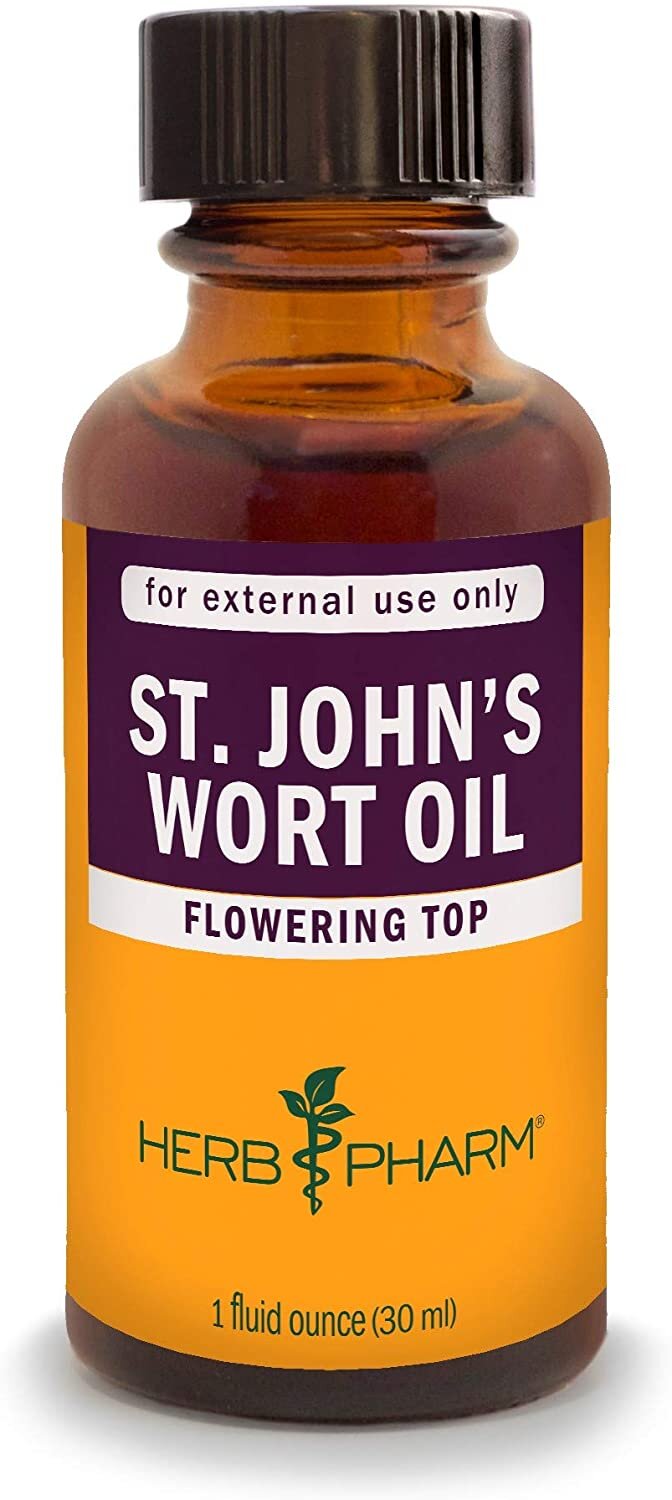Excerpt from my upcoming book about Holistic Treatments for Eczema ….
When my daughter was 3 years old she had multiple bouts of eczema flares. Her patches covered her inner arms and the back of her legs. When she was 6yrs old she developed a horrible skin infection and her arms and legs were covered in crust and pus, which required oral and topical antibiotics and topical steroids. To make things more fun, at the age of 7, she contracted molloscum contagiosum, a viral illness in the wart family which has a strong affinity for eczema and it looks like tiny papules with a white head. As the white heads fell off, they left behind red crusty bumps. And on and on it went. We spent thousands of dollars on topical creams to keep her eczema at bay. I cannot even remember all the steroid strengths and formulations we tried. I can tell you one thing: it was many!
Fun Fact: “In 2015, people in the United States spent $5.297 billion on the treatment of atopic dermatitis (J of Invest Derm 2017). The average cost of treating eczema per person per year is $4400 (Researchgate)
In this book we are discovering that eczema is a disorder from the inside out even though we see it on the skin. However, while we progress through the various stages of healing the gut, the children are still itchy, scratchy, bleeding, irritated, and are at risk for skin infections. Therefore, I want to take a bit of time to review a few topical options and the research behind them. There are no FDA regulations on what cosmetics companies put on the labels, there are no rules on what companies put in the jars; not to mention all the questionable chemicals allowed in the US (for more info check out The Rule of 5). It’s the wild wild west of skin treatment. I am a sucker for marketing. If you all knew how many lotions and potions I bought just because they sounded good and the label looked “natural”. UGGGGHHH. Let’s look at the science behind the potions that might bring our children some relief. The potions are in alphabetical order. The various emollients were selected based on the herb of choice but also for the clean ingredients. There are a lot of porducts on the market in the various categories I mentioned, however I am a purist when it comes to ingredients. The longer the list, the less likely I am to recommend it. Read to the end to find my first line treatment to treat symptoms while we heal the gut. Don’t forget to check out Lindsay Kindgdon’s latest chapter/blog post on Picky Eaters.
A word of caution: whenever you try a new cream, always do a test dose on a small patch of skin. One of my patients covered her whole child in a well researched oil, and the child’s skin was a nightmare the next morning. Not every product works for everyone. Everything has the potential to irritate, and as you already know, kids with eczema are so much more sensitive than other kids.
I NEED YOUR HELP: For the natural tropicals you are about to see, I go right into the medical research. Would you prefer a more in-depth discussion of each item’s properties such as where aloe or callendula come from, how they were used in ancient times, and so on? or should I keep it straightforward and simple. Comment below.
Aloe Vera
Properties: anti-inflammatory, anti-fungal, anti-bacterial
In a double-blind placebo-controlled study, 60 patients with psoriasis were treated with either 0.5% hydrophilic aloe cream or placebo. The aloe vera group showed 83% improvement in psoriatic plaques compared to placebo (Syed et al. 1996) Other studies showed Aloe Vera to help burn wounds heal faster, delay appearance of skin damage from radiation, and be of benefit in frost bite injuries. (Pharmacogn Rev. 2014)
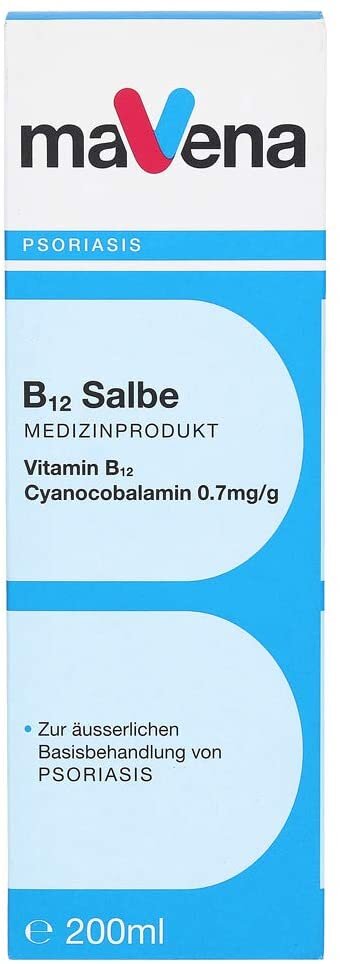
B12 Creams
B12 has a complex relationship with the skin. Altered levels of vitamin B12 in the body have been associated with skin manifestations. Studies on oral B12 supplementation and eczema have been inconclusive. However, studies on topical application appear more promising. A randomized, controlled, single-blind, study comparing right and left arm applications of vitamin B12-containing ointment versus glycerol-petrolatum-based emollient cream, showed the B12 containing cream to be superior to placebo at controlling patches of eczema in children 6months – 18yrs old (J Altern Complement Med 2009) and in 49 adults in 2004 (British J of Derm 2004). A similar study in 2017 showed the same results for psoriasis. (Int J Immunopathol Pharmacol. 2017)
Compounded B12 Cream Ingredients
• 0.07 g Cyanocobalamin (vitamin B12)
• 46 g Persea Gratissima Oil (avocado oil)
• 45.42 g water
• 8 g TEGO® Care PS or Methyl Glucose Stearat (an emulsifier)
• 0.26 g Potassium Sorbate (a preservative)
• 0.25 g Citric Acid
Calendula
Properties: anti-inflammatory
Although no clinical trials have been conducted to look specifically at how calendula can treat eczema, studies have been done on babies comparing Calendula ointment versus Aloe Vera cream on diaper dermatitis. Both type of applications were effective, with Calendula faring better at reducing the number of rash sites.( ScientificWorldJournal. 2012)
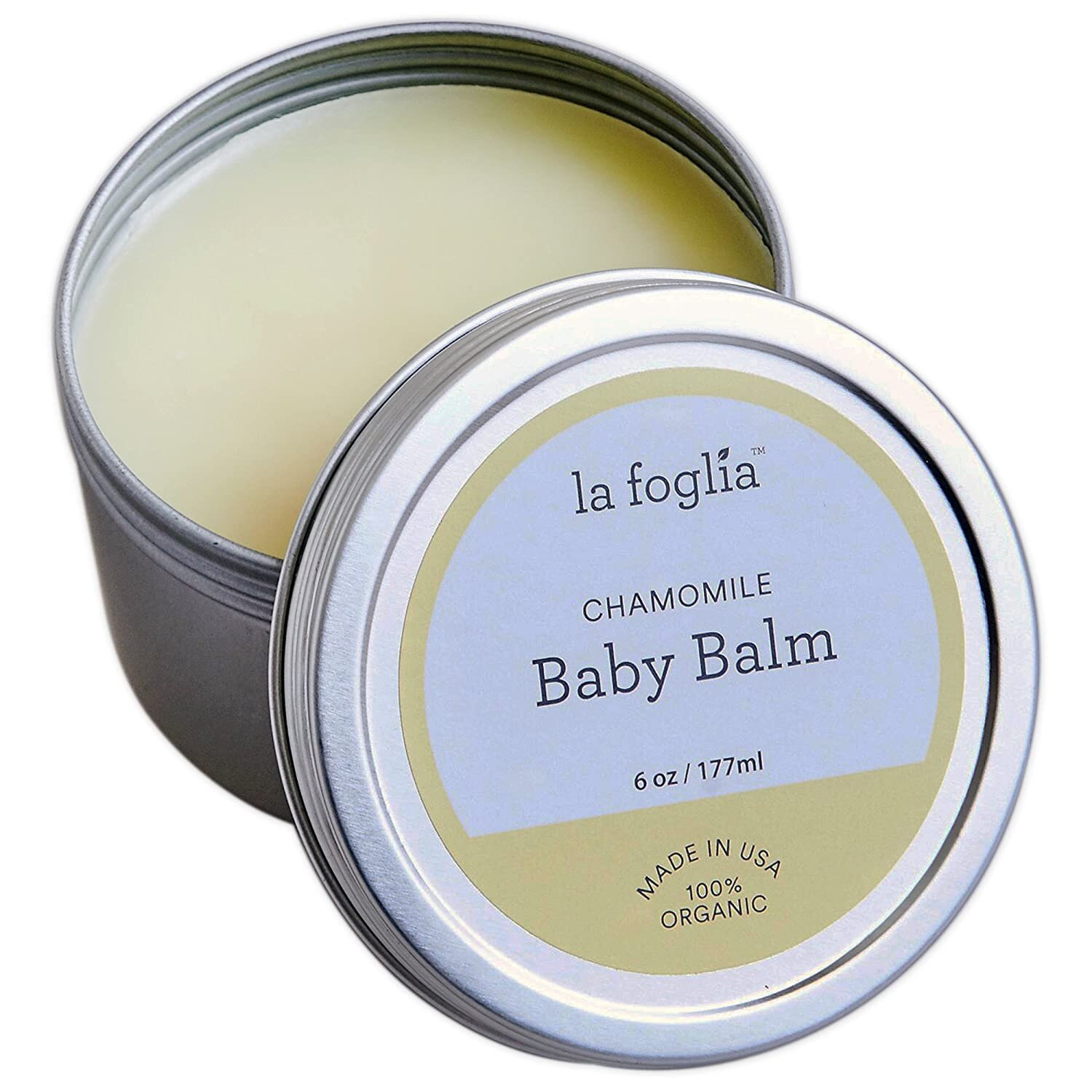
Chamomile
Properties include: anti-inflammatory, wound-healing, and antimicrobial effects.
In two different trials with humans, chamomile was found to be as effective as 0.25% and 0.5% hydrocortisone when applied topically. (Brown & Dattner, 1998) (Postepy Dermatol Alergol. 2013) In double blind animal trial, the chamomile ointment was effective in reducing the size of wounds (Peirce, Fargis, and Scordato 1999) German Chamomille Oil was tested in mice and it showed to lower blood histamine levels at week 2 of treatment in the experiment group as well as reducing scratching frequency. (J Vet Sci. 2010)
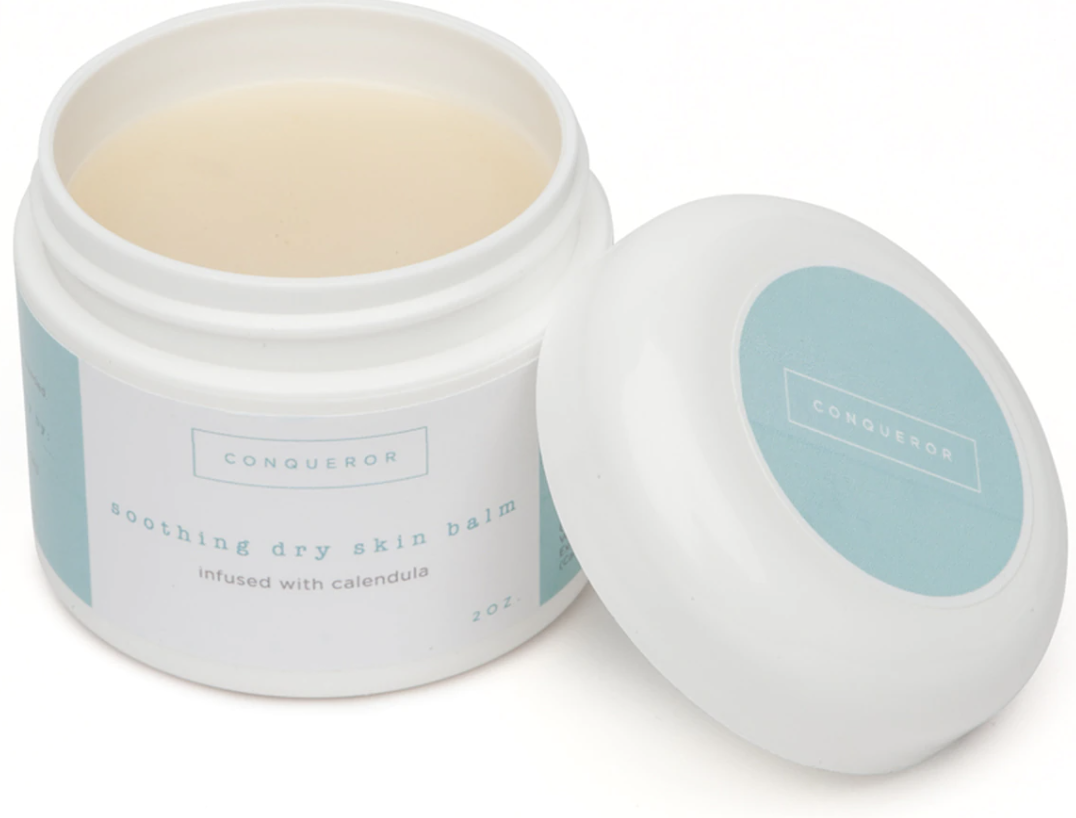
Coconut Oil
Properties: moisturizing, anti-bacterial
In a double blind controlled trial on 26 adult patients testing Virgin Coconut Oil (VCO) versus Virgin Olive Oil (VOO), VCO was superior at decreasing colonization with Staph Aureus as compared to VOO. Staph Aureus is a common bacteria that colonized skin affected by atopic dermatitis and it often leads to infections. (Dermatitis Nov 2008). In a randomized, double-blind, clinical trial in 117 children, VCO was superior at decreasing eczema score when compared to mineral oil. (Int J Dermatol 2014)
Colloidal Oatmeal
Properties: anti-inflammatory, anti-oxidant
In one pediatric study the application of colloidal oatmeal containing emollients reduced corticosteroid use in infants with atopic dermatitis. In a multi-center, double blind control study in people ages 12-60yrs old, a significant improvement in the quality of the skin was demonstrated in those using oatmeal based occlusive creams and oatmeal glycerin cleansers as compared to placebo. (JDD 2014)
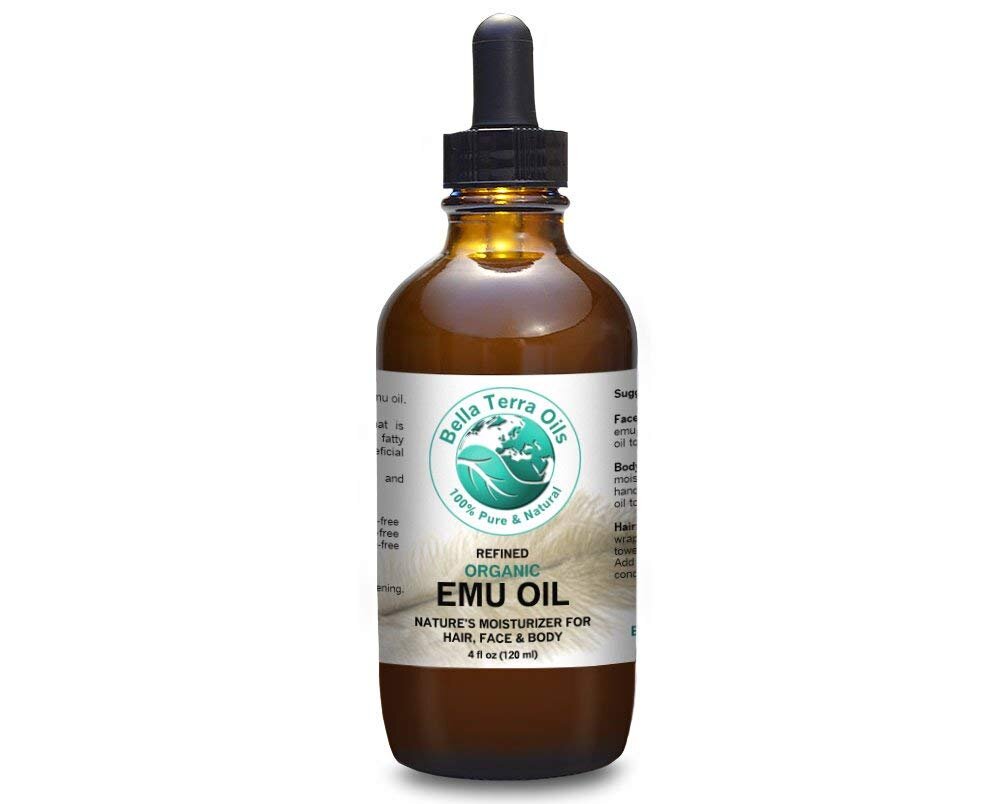
Emu Oil
Properties: moisturizing, anti-inflammatory
Emu oil has been tested in full term neonates and showed to be effective at improving heel stratum corneum hydration as compared to the control side.(Clin Cosmet Investig Dermatol. 2017) In another trial, emu oils was compared to clotrimazole and hydrocortisone for the treatment of seborrhic dermatitis. While it did not improve itching like the hydrocortisone, it did a better job at reducing reddness. (J Res Med Sci. 2013) I find Emu Oil to be a very hydrating option for a lot of my patients and I use this in combination with the other tropicals discussed in this post.
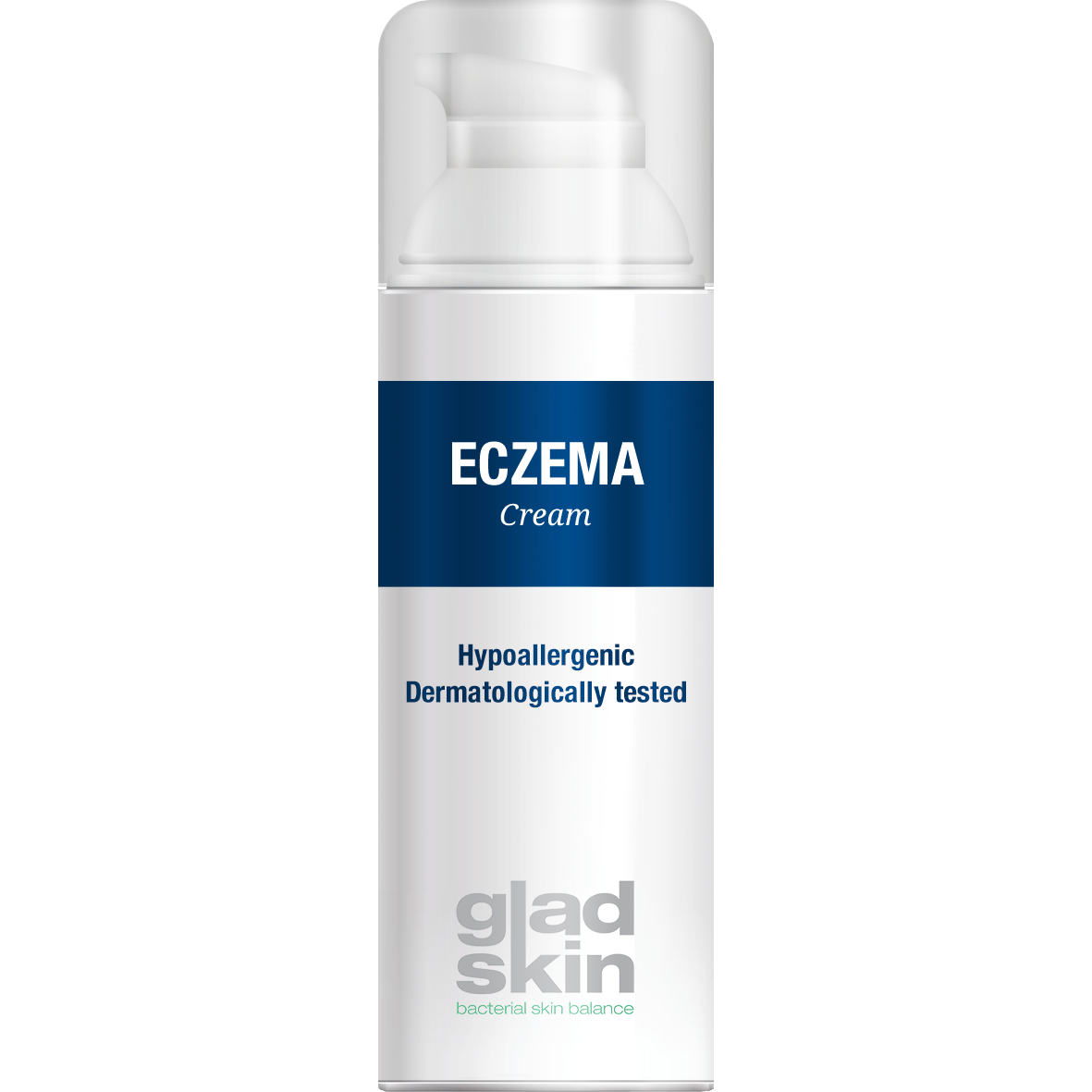
Gladskin
I recently stumbled upon this topical cream. The premise is that 90% of patients with inflamed eczema are colonized with Staph Aureus. As you all learned by now, we have over 1000 species of bacteria on our skin and Staph Aureus plays the biggest role in atopic dermatitis. Not only does it displace the other good bacteria on the skin surface but the byproducts of this bacteria interfere with the body’s immune system. For example, studies in mice showed Staph Aureus to cause mast cell degranulation, which leads to skin inflammation (Nature 2014). Lastly, bacteria that cause trouble in our body, create a biofilm layer (layer of snot if you will) under which they hide. Thus topical or oral antibiotics have a tough time getting rid of all these problematic bacteria. (Sci Transl Med 2017) The technology behind Gladskin disrupts the Staph Aureus cell wall, thus rendering the bacteria ineffective without increasing antibiotic resistance. (Borg Study 2016)
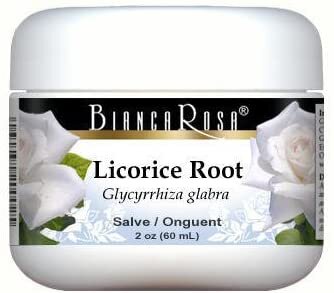
Licorice
In 2003 a double blind clinical trial was undertaken to look at 2 different strengths of licorice gel versus placebo. 90 patients were studied. The results showed that 2% licorice gel was more effective at reducing redness, itching, and swelling then 1% gel or placebo. (Saeedi et al., 2003)

Manuka Honey
Properties: anti-inflammatory, anti-bacterial, anti-fungal, anti-oxidant
A small study in 14 adult volunteers showed significant improvement in the lesions treated with the honey compared to placebo along with decrease in mast cell degranulation (responsible for redness and intense itching) (Immun Inflamm Dis. 2017) Many studies have been done in vivo (inside the organism) and in vitro (outside the organism, aka petri dish or test tubes) to show the manuka honey’s effects on fungus, bacteria, wound healing, and immune system. (Cent Asian J Glob Health. 2016) (Pharmaceuticals (Basel). 2020)
St. John’s Wort
Properties: anti-inflammatory, anti-bacterial
In one study, 21 patients applied a cream containing St. John’s wort to eczema on one side of the body and the vehicle on the other side for a period of four weeks. The St. John’s wort cream showed an improvement in redness, crusting, scaling and skin thickening, together with a reduction of skin infection (Schemmpet al., 2003).
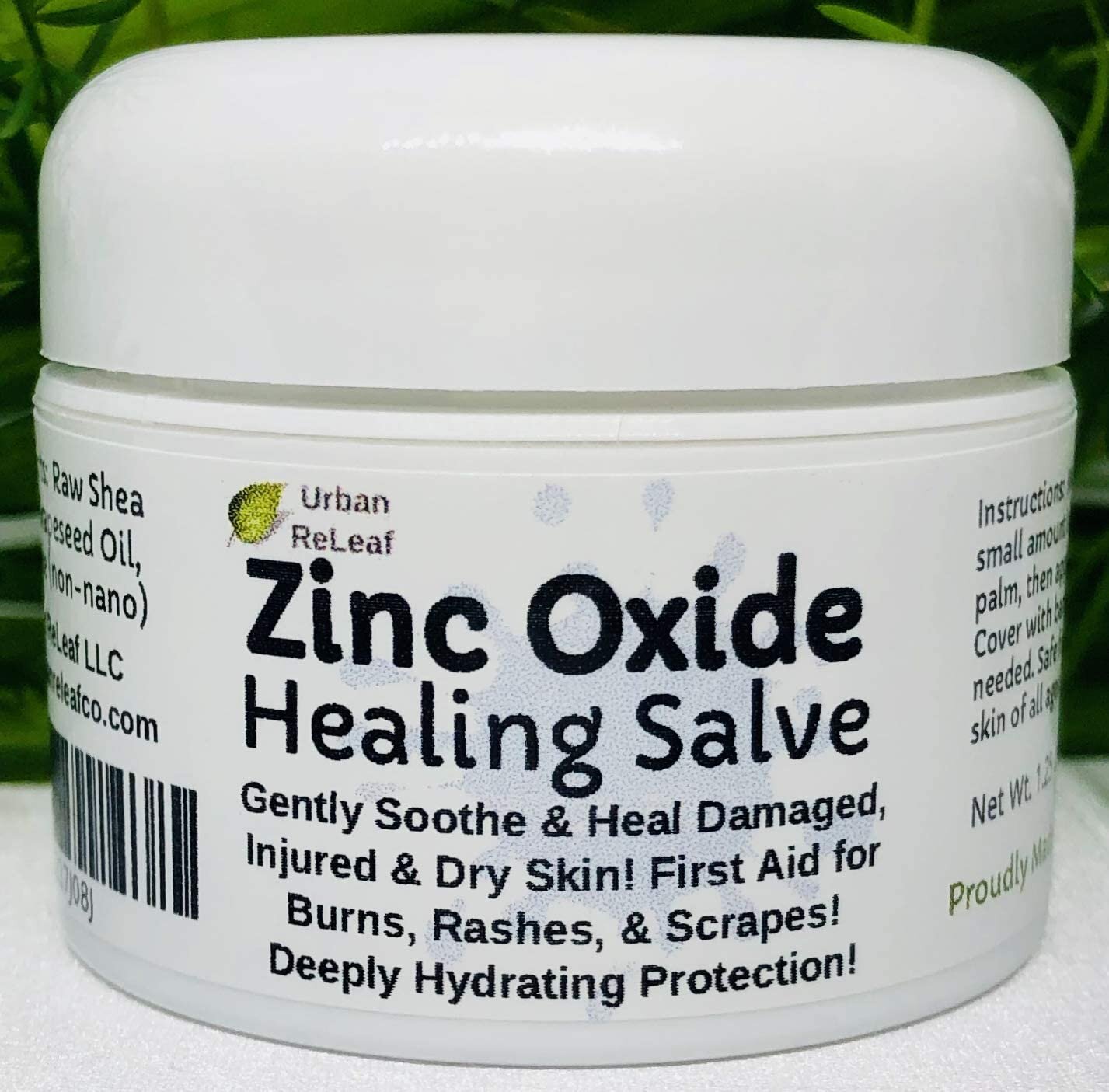
Zinc
Properties: anti-inflammatory
According to recent research, topical application of zinc helps because of its ability to inhibit mast cell degranulation and prevent histamine release. Histamines contribute to itchy red skin. (Dermatol Res Pract. 2014). In a 2014 double blinded study in 47 patients with hand eczema, zinc sulfate + clobetasol cream was more effective then clobetasol cream alone. (JEADV 2008)
My Go To: I love emu oil as an emollient since I have several patients intolerant to coconut oil. I have had great success with the Zinc Oxide cream, however, I think there is a selection bias because most mom’s have purchased it due to it’s low cost. Lastly, I have just become aware of Glad skin because several of my mamas have been raving about this.
I welcome your thoughts, Dr. Ana-Maria
PS – The majority of the links are affiliate links. Rest assured, I chose products based on the ingredients and once satisfied with my investigation, I created affiliate links. Thank you for your support in my endeavor to bring wellness to more children.

